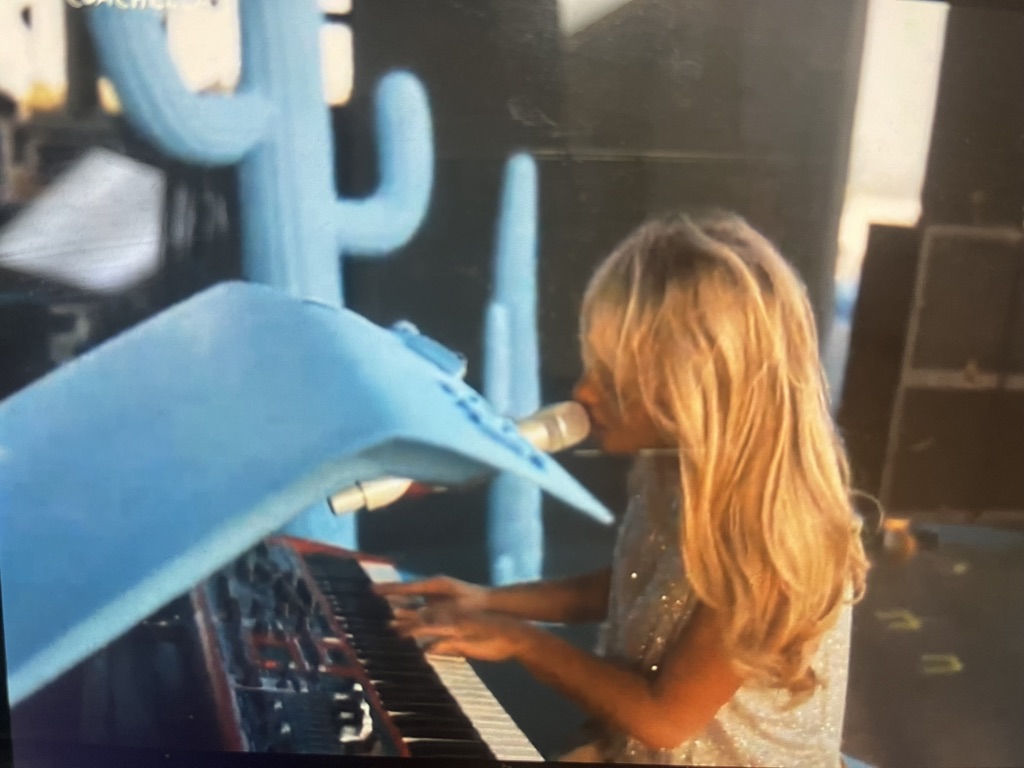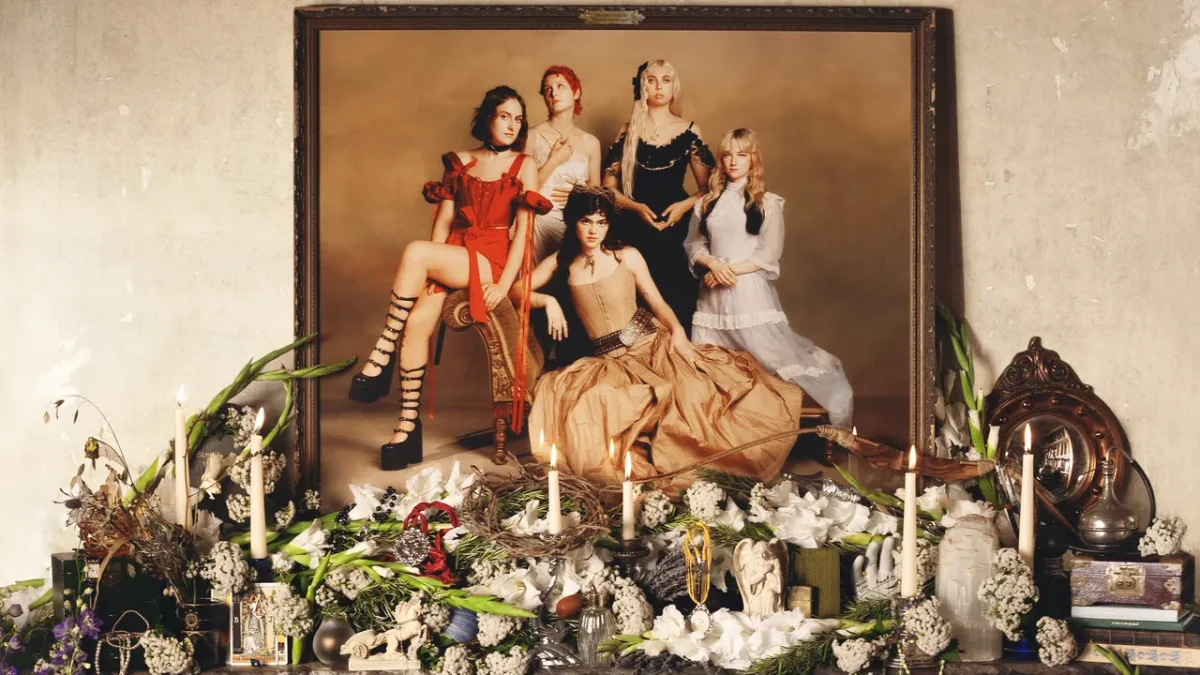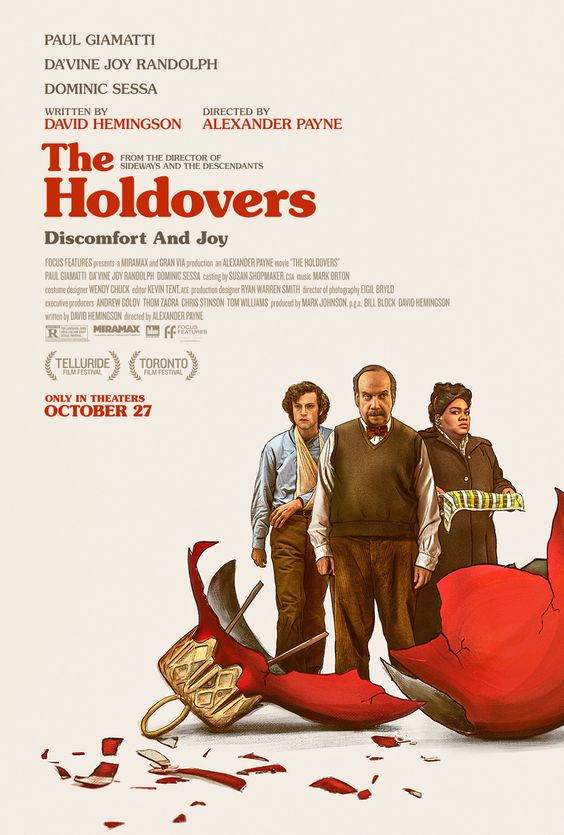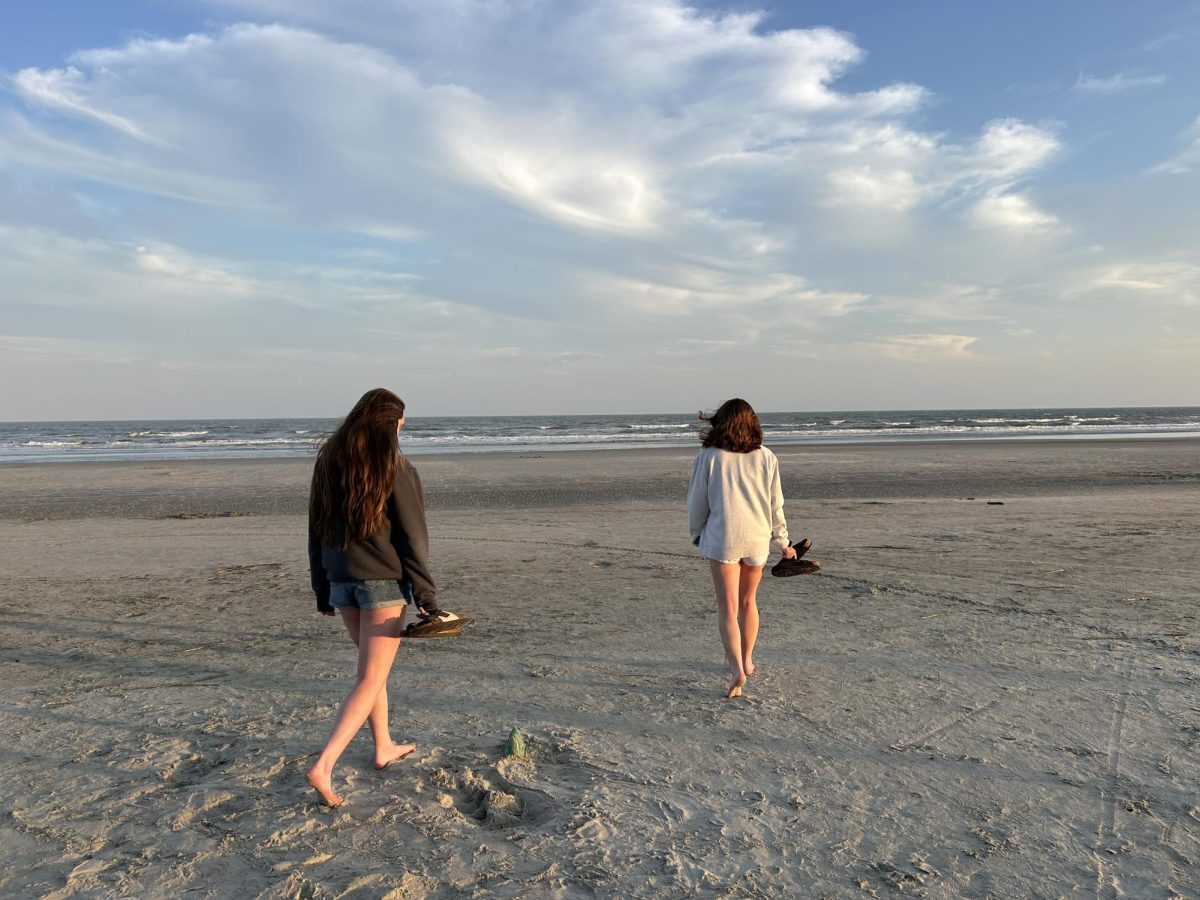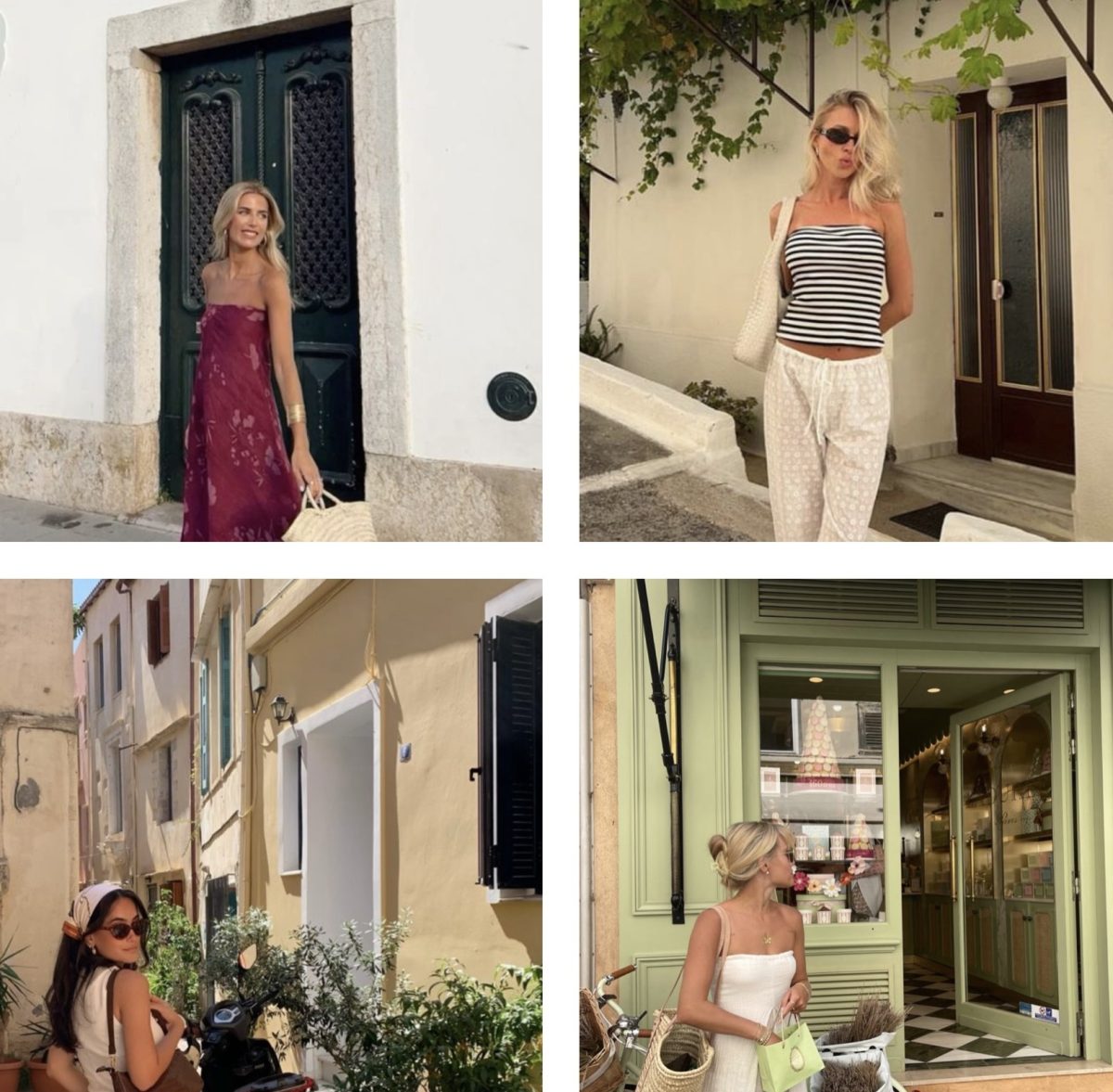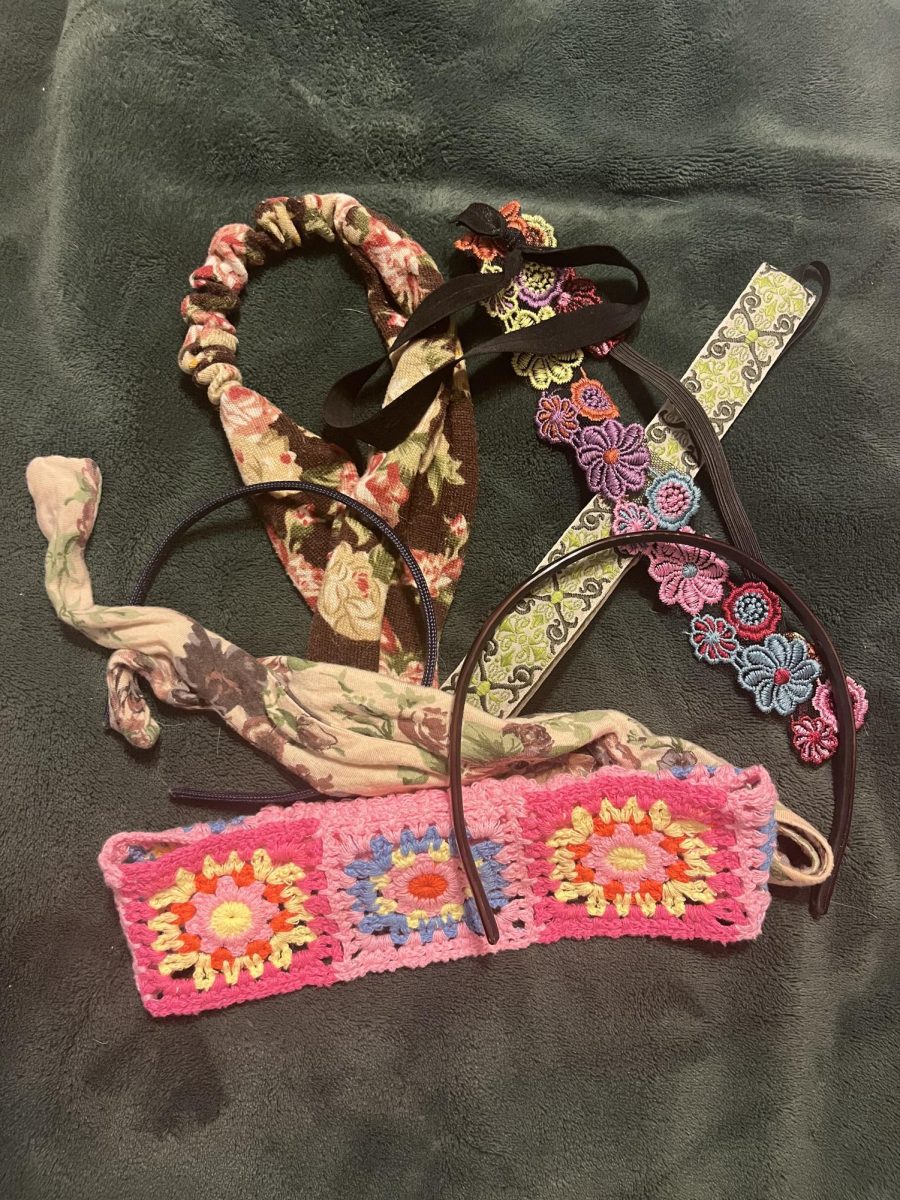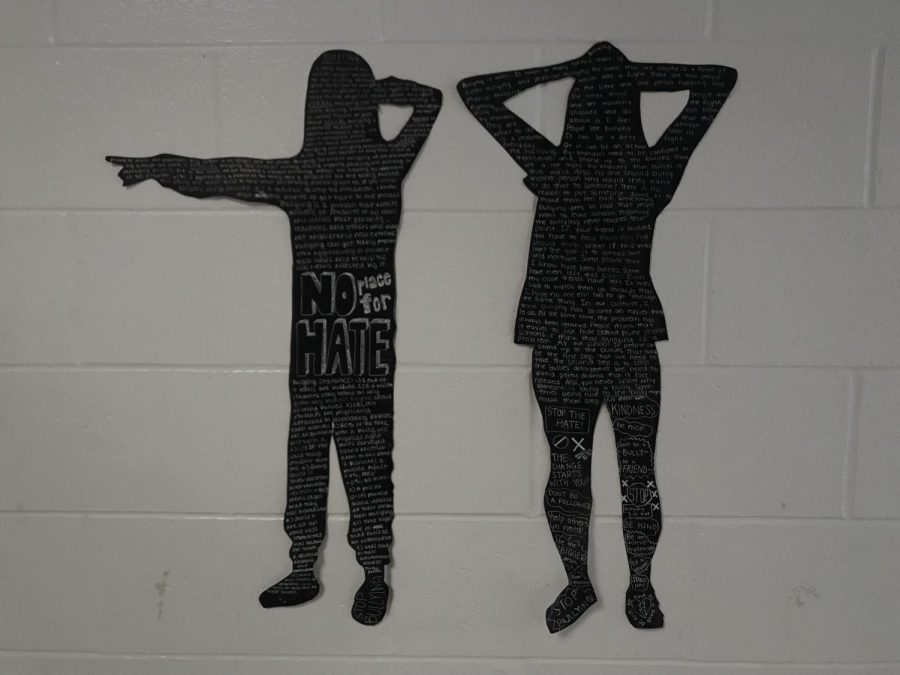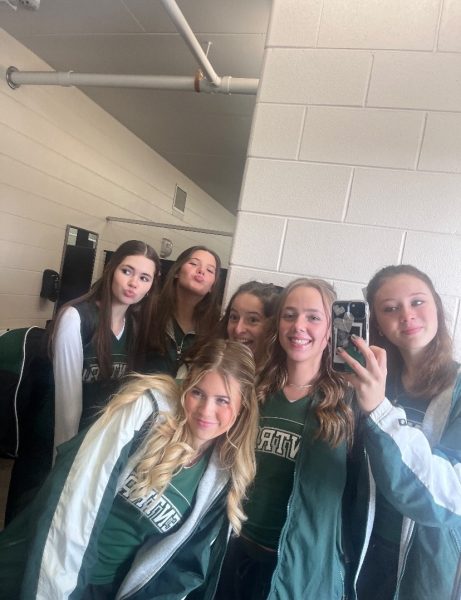Through the creation of life-size silhouettes, students in Art Survey voice their concerns
One out of four teens is bullied.
5.4 million students stay home on any given day because they’re afraid of being bullied.
Every seven minutes a child is bullied. Adult intervention = 4%. Peer intervention = 11%. No intervention = 85%.
Contrasting with pale, austere walls in the hallway, these observations are inscribed on life-size silhouettes, specifically on six silhouettes that display a narrative scene: bullying. These few statistics, however, are only a few minuscule sentences among a sea of writing that covers each of the figures.
The bullying scene is only one out of the handful of projects created by students in Art Survey. For this assignment, Art teacher Tyler Fewell had his students create silhouettes in the context of a narrative scene. The scene had to either display something that the students felt was worth celebrating about the school and community or an issue they found concerning.
“I was really happy with the results of it,” Fewell said. “I think students took it seriously for the most part. They addressed serious issues, and they took themselves seriously enough to put [significant topics] into it.”
This project, although highlighting both the use of technique and understanding the concept of a piece of art, had a heavier emphasis on understanding the meaning behind art. Conveying ideas that detain from surface-level themes through art was an unfamiliar experience for many students.
“I’m always kind of impressed by the level of vulnerability that students put into [the silhouettes],” Fewell said. “I think it would be easy for them to use cliches or to stay in a place that’s expected. And obviously sometimes they do still do that, but I am still consistently impressed by the consistency in which they don’t. Especially artwork, I would say is a strange experience for them to be doing that in.”
Sophomore Gabby Miller was one of the six people in her group who contributed to the scene about bullying. Specifically, her group’s scene revolves around physical bullying, but the writing on the figures cover a myriad of subtopics under the vast umbrella of the term “bullying.”
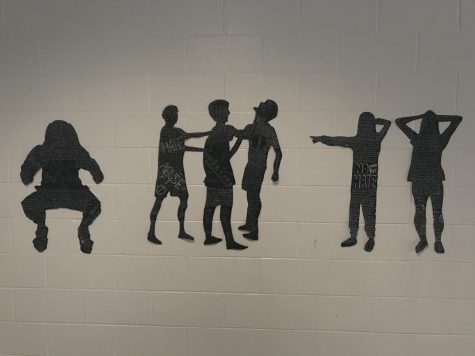
“[After] looking at the statistics, it was really interesting to me [to see] how drastic and important this issue really is,” Gabby said. “I didn’t really think it was this big. It’s not good. I haven’t experienced it, but it’s scary knowing that someone is taunting you over some things [you can’t control].”
Gabby believes that although there are some programs that revolve around alleviating bullying, the topic isn’t talked about enough. The reason she chose to address this topic for her project is because she claims “it’s a powerful issue that needs to be solved.”
Sophomore Brian Travis chose to take a different route, however, because according to him, the people in his group were more familiar with a different societal burden: how differences in socio-economic classes affect the quality of education.
“[My group] thinks [this issue] is unfair,” Brian said, “because somebody could be hardworking in an affluent neighborhood and really be successful, and someone could be just as hardworking in an underserved community and be limited. [I want to spread awareness] because I care about the topic. I just find it to be unfair and just want people to be aware of it. And hopefully, more change can happen.”
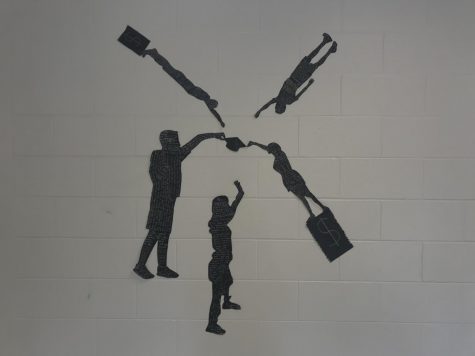
In Brian’s group’s narrative scene, there are five people reaching for a graduation hat. However, his group experimented with changes in proportion and the metaphorical message this modification sends. The bigger people, who were also standing on stacks of money, can touch the graduation cap, while the smaller silhouettes were unable to touch the cap, which represented the prevalent disparity that wealth creates.
Although students had the option of choosing either to celebrate a notion or address a topic they found concerning, all groups chose the latter choice. Fewell claims this outcome was most likely the case because, through this project, students were able to voice their opinions on negative issues in an unhabitual format.
“I think more often than not,” Fewell said, “students are expected to be happy and be proud of the school they go to and be like ‘it’s so great and everything is awesome.’ And by and large [this notion is] true. But, because that’s the norm and the expectation most of the time, not oftentimes do students get to have a platform where they can speak out or draw attention to things that could be perceived as negative about the school.”
This opportunity in being able to talk about topics with more depth is very important for students, according to Assistant Principal Whitley Morse.
When she first came across the silhouettes, she said they “stood out,” and because the pieces of art grasped her attention, she was highly interested in reading them, as well. This consequently further instilled the idea that the message the students are sending is potent and holds significance.
“If you read [the silhouettes], it makes you think,” Morse said. “It pushes your thinking. It forces you to step into somebody else’s shoes and understand that other people live different lives and have different struggles. It encourages kids to think outside of themselves, and I think anytime we can get young people to think outside of themselves, that’s a good thing.”
Looking forward, Fewell doesn’t expect that exceptional consequences will occur because of the silhouettes; however, he merely hopes it sparks conversation and interest among students.
“We don’t imagine any kind of night and day change,” Fewell said. “However, one of the things I also hope from my own biased perspective is that it will help get art into the conversation of these ideas, as well. I think a lot of people think of speeches or awareness promotional campaigns or social media a lot times as the places to be talking about these sorts of things. But, I think art provides this very unique role to be providing important, meaningful critique to these ideas as well.”
Morse is in agreement with Fewell and hopes that students notice these pieces of art and take what they’re saying into consideration. Between counselors and administration, she says that the school sees these issues occurring every day.
Thus, Morse believes that students should be aware of the world around them, and she sees the silhouettes as a positive step in moving towards this direction.
“We have kids facing these struggles every day,” Morse said. “[I hope to] get kids to pay attention. And what’s been really cool about them is that [the silhouettes] stand out. They don’t necessarily blend in. They’re not just like those very generic posters that kids don’t care about. These are interesting, and if we could just have kids start talking about some of these issues, I think it’s a great first step.”

Amanda Bartolovic is a senior and is entering her second year on The Central Trend. She is excited to continue being on the staff and to write. Outside...




















